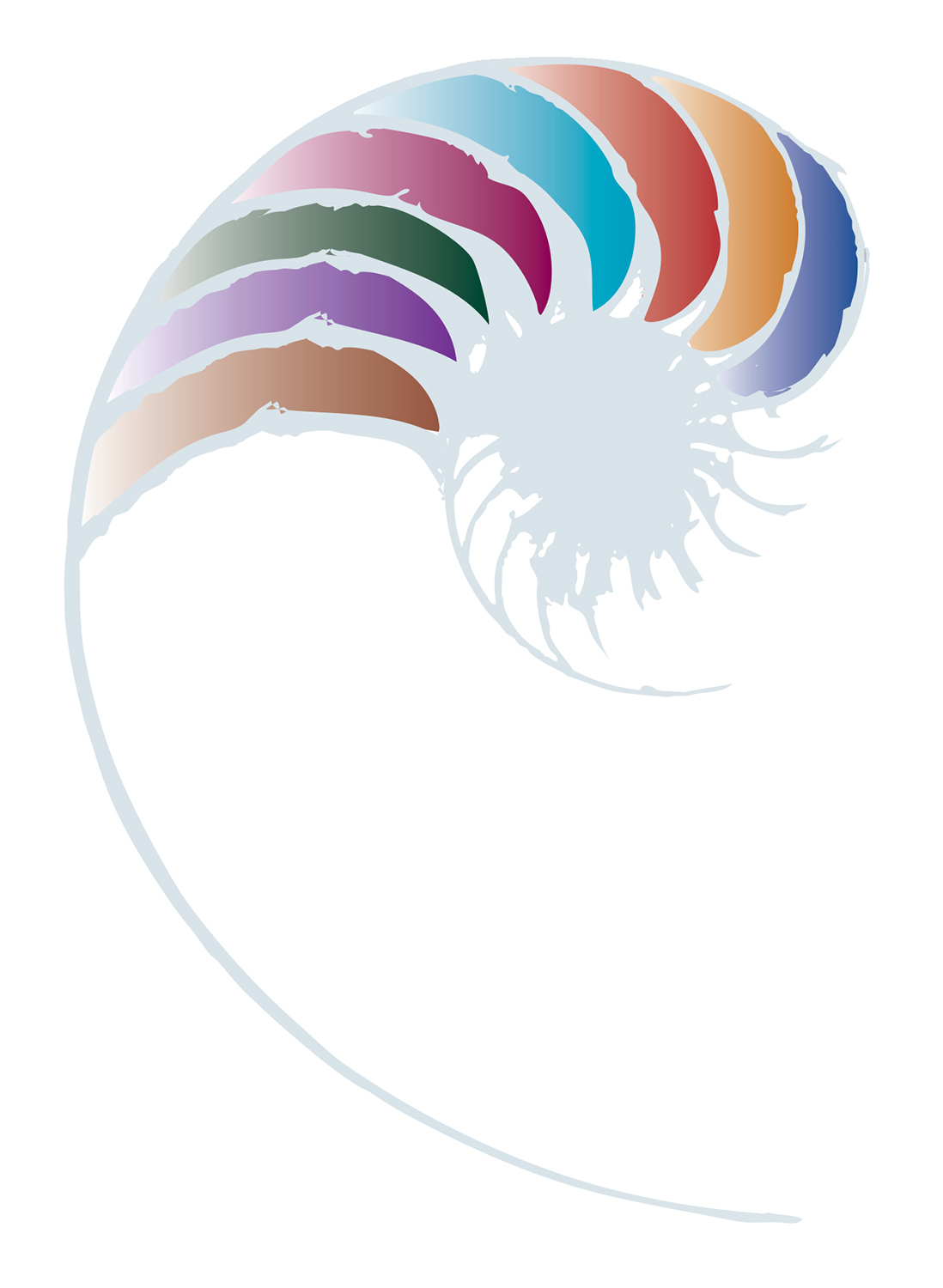Mātauranga whakauka taiao
Environmental education for sustainability
Learn about how mātauranga whakauka taiao (environmental education for sustainability) empowers individuals and communities to make decisions that influence a sustainable future.

Ko te whenua te wai ū mō ngā uri whakatipu.
The land provides the sustenance for the coming generations.
We acknowledge that everybody has a role to play in determining the future of Aotearoa New Zealand and that we must work together to make informed decisions and take action, both as individuals and within communities.
- What is environmental education for sustainability?
- Why environmental education for sustainability matters
- Environmental education for sustainability in practice
- Story of practice
Environmental education helps tamariki, kaiako, and communities to grow their understanding, skills, and motivation to work together to develop solutions, act as kaitiaki (guardians) and advocate for a healthy environment and society. As understanding grows, individuals and communities are empowered to make decisions that are relevant to them.
The aims of environmental education are to develop tamariki:
- relationship and connection to the environment and awareness of related issues
- knowledge and understanding of the environment
- appreciation of the impact of people on the environment and their responsibilities as kaitiaki (guardians)
- attitudes and values that reflect feelings of concern for the environment
- skills needed to identify, investigate, and problem-solve associated with environmental issues
- sense of responsibility through participation and action as individuals, or members of groups, whānau, or iwi, in addressing environmental issues.
The concept of sustainability is reflected in the Māori notions of hauora (total wellbeing and balance with nature) and rāhui tapu (conservation).
The Treaty of Waitangi recognises the special relationship of Māori with the environment. It guarantees Māori undisturbed possession of their lands, forests, rivers and seas, fisheries, and possessions. It promises that the Crown will uphold the rangatiratanga of iwi over their lands and taonga (treasures). For leaders and kaiako, this means a local curriculum inclusive of sustainability needs to acknowledge and respect whanau, hapu, and iwi conservation priorities. The key to this will be establishing and maintaining relationships with these groups over time.

Related resources
About this resource
This resource looks at what mātauranga whakauka taiao (environmental education for sustainability) is, why it matters, and what it looks like in practice. It offers an example in practice, and other resource suggestions to explore.








